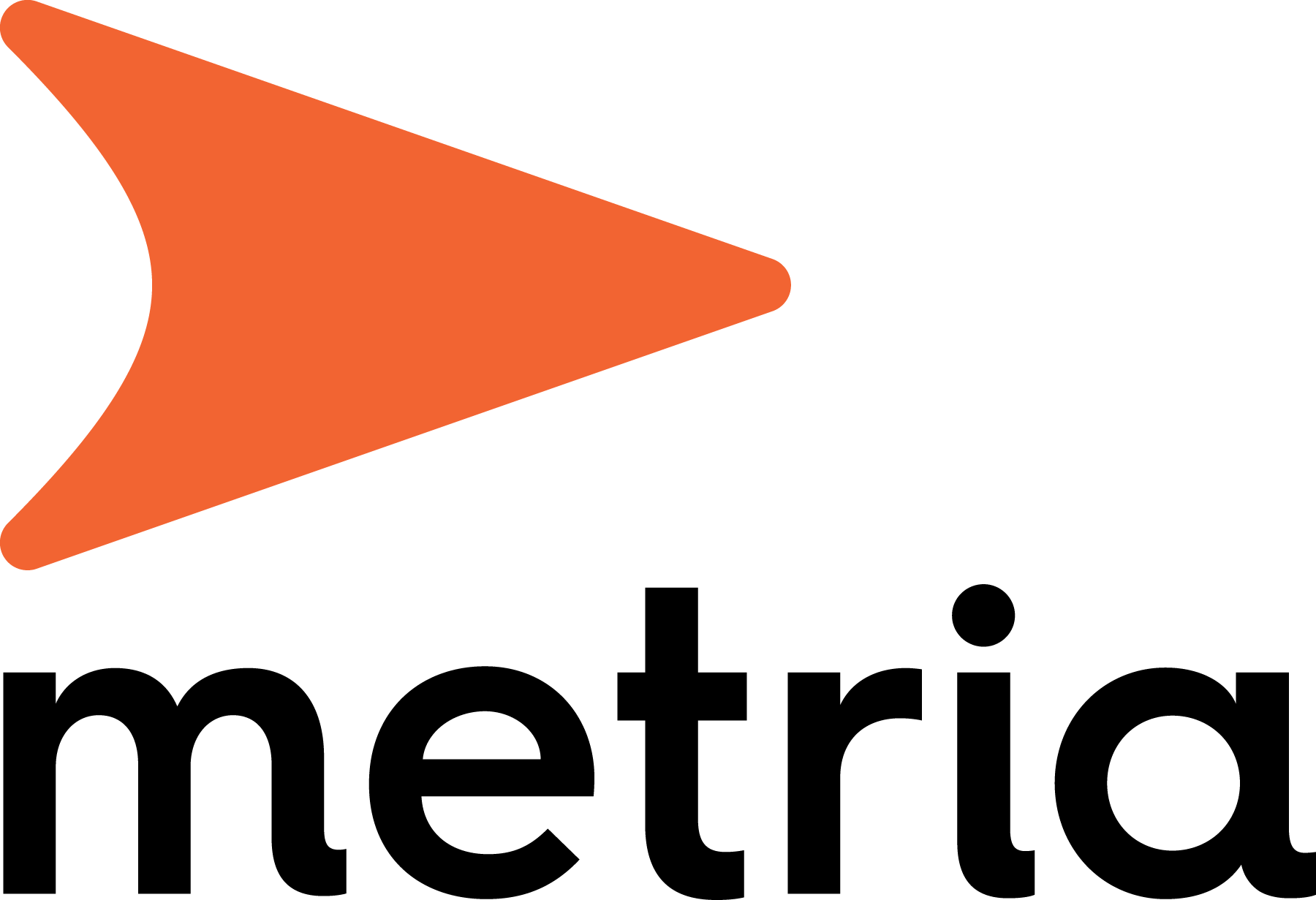Geodata is central to risk assessments and crisis response in defence and emergency response as well as in commercial activities.Organizations that understand how to protect, secure access and capitalize on their information are tomorrow's winners.
Geodata provides a basis for risk assessments
For military defense as well as for civil protection and emergency preparedness, maps and geodata of good quality, timeliness and consistency are a prerequisite for preventing accidents and crises and for well-executed crisis response. Geodata is also important for security in commercial activities, for example, with risk analysis and modeling as a basis for decisions, such as credit assessments and premium setting.
Digitization creates new vulnerabilities
Digitization increases the need to protect and manage data securely. At the same time, information security is a challenge for many organizations. Information security failures can have bigger and worse consequences faster than ever before. Disruptions to critical functions in areas such as healthcare, policing, defense and critical infrastructure are serious in themselves. They can also ultimately undermine security and trust in society. During an ongoing crisis, it is crucial that everyone involved has an up-to-date and shared situational awareness, i.e. to know what is happening, when it is happening and where. Geodata and GIS are absolutely central to a common situation picture.
A long-term security process
With increasing digitization and data volumes, the demands on information security and data quality are growing to fully exploit the possibilities of creating frictionless transitions between people, services, machines and things. This is why it is important to have secure processes for information management.
The law places high demands on information security for organizations that carry out essential activities such as water supply, electricity supply, transport and healthcare. Both public authorities and private companies with such activities must demonstrate that they work in a structured and continuous manner with the security of their IT environment.
Three dimensions of information security
Systematic information security work for business and socially critical data gives the organization control over its information and can ensure availability, accuracy and confidentiality.
Availability
A system must be reliable and stable to ensure the continuous delivery of data and also accessible on different types of devices, online and offline. A robust infrastructure should be able to handle disruptions, grow and adapt to the changing needs of users and the organization.
Accuracy
The information stored should be accurate and complete. This is achieved through structured collection, management and storage of spatial data, centralized quality control, up-to-date metadata, information architecture and classification.
Confidentiality
The system shall ensure that only authorized persons have access to the information. This is ensured by, among other things, centralized services for authentication, vulnerability analyses during development and secure handling of information during transport.
Information security is a key element
In recent years, Metria has taken a holistic approach to information security and created a functioning long-term process to offer our customers the protection they need. In 2019, we became one of the few companies in Sweden to be ISO 27001 certified. ISO 27001 is an international standard in information security and guarantees long-term protection of our customers' information assets.
Meeting organizations' security needs
Metria's services are always adapted to the level of security required by the customer and we offer, among other things:
- development, operation and management of Sweden-based SaaS services
- security-classified premises and employees
- encryption and secure code
We are certifiedIn 2019, Metria was certified according to the international standard in both information security, ISO 27001 and quality, ISO 9001. |
 |


